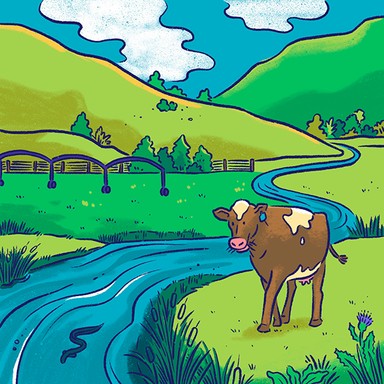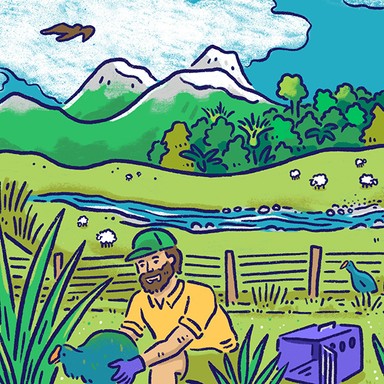
Waikato Regional Council

Freshwater
The worsening state of New Zealand’s lakes and rivers is a major challenge for regional councils, which play a leading role in managing freshwater in their areas. To this end, regional councils create plans to protect water resources from contaminants and overuse.

Freshwater
The worsening state of New Zealand’s lakes and rivers is a major challenge for regional councils, which play a leading role in managing freshwater in their areas. To this end, regional councils create plans to protect water resources from contaminants and overuse.
Aim to improve the amount of swimmable water bodies year on year.
Encourage decision making that improves fresh water quality for current and future generations.
Aim for all rivers and waterways to be swimmable by 2035.
Reduce nitrate levels in the Waihou/Matamata area waterways by 2025.
Aim for all rivers to be drinkable by 2030.
Support development of waterways into eco-tourism ventures.
Eliminate discharge of nutrients into waterways by 2030.
Aim to improve the amount of swimmable water bodies year on year.
Encourage decision making that improves fresh water quality for current and future generations.
Aim for all rivers and waterways to be swimmable by 2035.
Reduce nitrate levels in the Waihou/Matamata area waterways by 2025.
Aim for all rivers to be drinkable by 2030.
Support development of waterways into eco-tourism ventures.
Eliminate discharge of nutrients into waterways by 2030.
Mayor
Compare the mayoral candidates in your area
Local council
Compare the candidates for your city or district council
Regional council
Compare the candidates for your regional council
Local board
Compare the candidates for your local or community board






